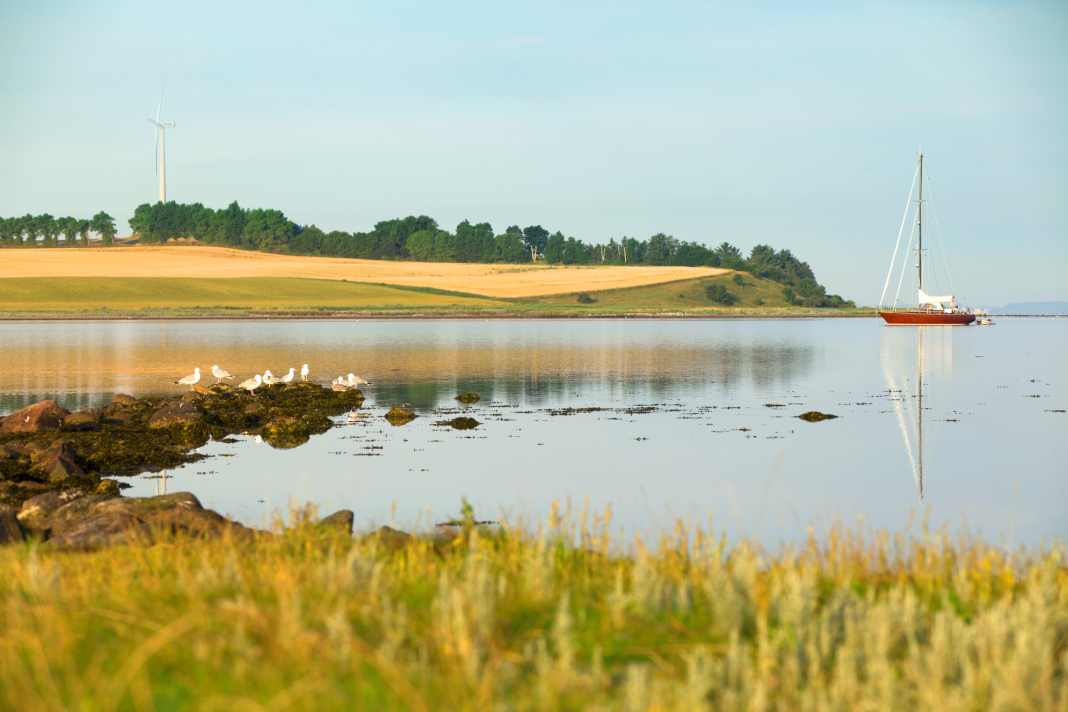


1st Aarhus Bugt
The area is manageable: Aarhus Bugt may only take up a tip of the Baltic Sea, a corner of the Kattegat, but it has an amazing amount to offer: for example, a national park (Mols Bjerge), one of the best museums in Europe (Moesgaard Museum) and of course the relaxed university town that gave it its name - Aarhus. There are also plenty of sheltered places to relax on the jetty or at anchor. And there are other exceptional excursion destinations, such as the sea swimming lane in the new Aarhus Ø neighbourhood, the Latinerkvarteret with its pub scene, the ARoS art museum and - as a nautical highlight - the perfectly preserved frigate "Jylland" in Ebeltoft, which was launched in 1860.
Also interesting:
2. the Öresund
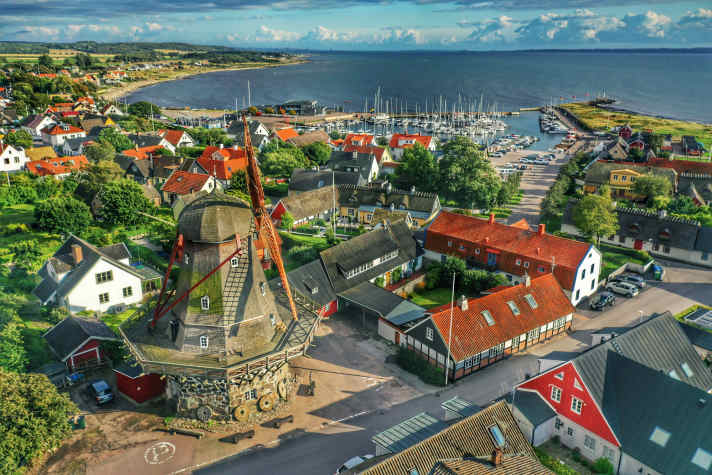
Until the Kiel Canal was opened in 1895 - then still under the name of Kaiser Wilhelm - the Öresund was the most important navigable deep-water route between the two seas. A fact that paid off in hard cash for the Kingdom of Denmark for a long time: until the middle of the 19th century, all passing ships had to pay a toll. However, the Øresund, which is over 50 nautical miles long, is much more than just a motorway for ships, which at first glance invites you to pass through quickly. Because if you do, you will miss something on the Baltic Sea.
On the Danish side, on the east coast of the island of Zealand, north of the metropolis of Copenhagen, one small seaside resort follows the next. Bright white Art Nouveau villas, proud captain's houses, thatched fishermen's cottages, rose bushes and pine trees characterise the landscape. And again and again beaches. Distances are short and almost every town has its own harbour, from Hornbæk to Humlebæk. On the Swedish side, modern Helsingborg and historic Landskrona are well worth a visit, as is the picturesque island of Ven in the middle of the Öresund. So there's plenty of variety - and we haven't even mentioned royal Copenhagen yet ...
3. the Danish South Sea

More precisely: the archipelago of southern Funen. The sydfynske øhav is so close to our doorstep, just north of the Bay of Kiel, that almost every Baltic sailor has been there. And they themselves know how atmospheric it can be on a sunny summer weekend in the old seafaring town of Marstal and how slowed down and relaxed on Lyø - if you have managed to get a mooring in one place or the other, of course. However, its proximity makes the Danish South Sea (which, strictly speaking, also includes the Småland fairway on the other side of the Great Belt) no less extraordinary.
Because there is nothing else like it in the entire Baltic Sea region: dozens of small green islets characterised by undulating fields and meadows. The cosy marinas, often with beach access, such as on Drejø and Birkholm, fit well into the picture. The area is protected and framed by large islands, including Ærø and of course Funen itself. The distances are short, but so are the water depths in many places. A large Baltic Sea lagoon, in other words, which certainly justifies the German name of longing - at least among its fans. Even if the Big Dipper is in the sky at night and not the Southern Cross.
4th Hiddensee

Germany's "sunny island" offers pure relaxation - partly because there are no cars here (although there are plenty of e-bikes on the road). Another reason is the special nature of the elongated island. For example, the western beach (rare for the German Baltic Sea coast), which is perfect for long walks. And, of course, the Dornbusch, the elevated northern part. Hiddensee's white landmark stands here, around 70 metres above the sea, in the midst of sandy heathland: the Dornbusch lighthouse. Germany's last lighthouse keeper worked here until 1998. The building, which was completed in 1888, was extensively renovated last year.
Equally striking are the steep cliffs around the Dornbusch, which, like other parts of Hiddensee, is part of the Vorpommersche Boddenlandschaft National Park. There are several harbours to choose from, all on the Bodden side, from south to north the Neuendorf marina, the centrally located Vitte marina and the Kloster marina at the foot of the Dornbusch. The fairways on the Schaproder and Vitter Bodden are narrow, but must be kept to, especially at junctions.
5. pea islands

One of the countless small highlights are the Danish Ertholmene, or pea islands. They fully live up to their name: ten nautical miles north-east of Bornholm, they form a tiny archipelago. The main island of Christiansø is barely 700 metres long, but has space for around two dozen buildings, including a restaurant, a shop, a creative brewery and a post office. The massive round tower and old walls bear witness to the fact that this peaceful spot was once a fortress. Anyone setting course for Sweden from Bornholm will experience a real archipelago feeling here for the first time. Moorings alongside in the sound (actually always in the packet - if you're lucky).
6 Visby

The Swedish island of Gotland has long been located at the crossroads of the most important shipping routes in the Baltic Sea. This strategic importance - both economically and militarily - made its capital Visby a place that was literally unavoidable. Until the High Middle Ages, the Vikings and their descendants, who now called themselves Gotlanders, developed the trading centre and built many of the monuments that earned the town UNESCO World Heritage status. These include the cathedral church and, above all, the completely preserved ring wall of the old town centre, which is still the heart of the city of 25,000 inhabitants.
Gotland's capital was then an elementary hub in the Hanseatic League's extensive trade network. Today, it is mainly cruise ships, holiday ferries and sailors on their own keel that call at Visby. They find a lively, multi-faceted stopover destination with plenty of culture on offer. This includes Medeltidsveckan, a large medieval festival in August. The guest harbour in the north-eastern part of the town harbour offers 250 berths, most of them on jetties with mooring buoys. Full service available.
7th Riga
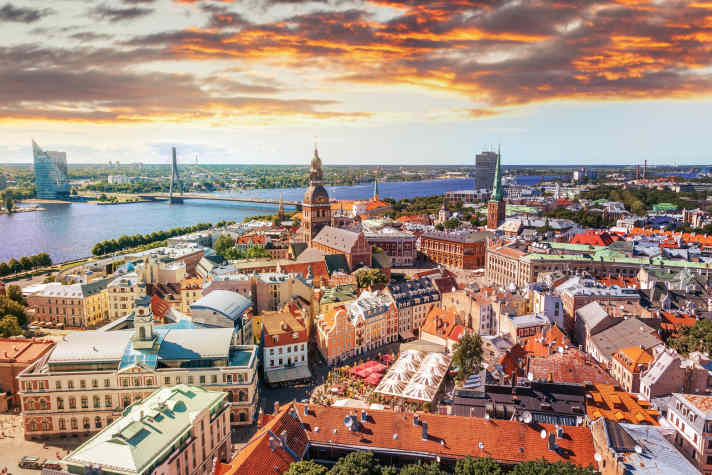
Among the Baltic metropolises, the Latvian capital Riga is something of an unknown quantity - which, at least from a sailing perspective, is probably due to its remote location in the south of the Gulf of Riga. What a pity! Because with 600,000 inhabitants, the largest city in the Baltic States has nothing to hide behind its better-known sisters: The old town is a prime example of the brick Gothic style of the Hanseatic era, but the cityscape is also characterised by Art Nouveau. Riga is approached via the navigable River Düna. Guests are accommodated at the Pilsetas Yacht Club. Its marina with modern pontoons is located on the south bank of the river in the centre of the Vanšu Bridge.
8. archipelago
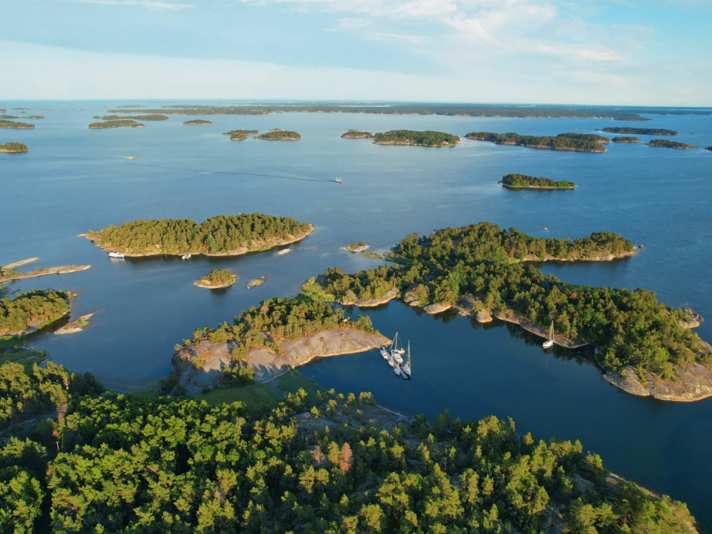
If sandy beaches characterise the southern Baltic Sea coast, rocks dominate the northern coast. There, too, the glaciers of the last ice age have left a lasting impression: flat hilly landscapes of rounded granite rising out of the coastal sea - the archipelago. They can be found in many places, from Karlskrona to Helsinki, but nowhere do they form such a large and almost contiguous area as at the transition between the central Baltic Sea and the Gulf of Bothnia. Coming from the west, the Stockholm Archipelago (Stockholms skärgård) leads the way, followed by the Åland Islands, which in turn merge into the Finnish Archipelago Sea (Saaristomeri) off Turku.
The total number of islands, from bare rocks barely rising from the waves to Fasta Åland, the centre of the archipelago of the same name, is between 80,000 and well over 100,000 - depending on how you count. The mooring possibilities are also endless, from (very many) lonely, idyllic natural harbours to (some) fully-fledged towns. A fascinating labyrinth in which, thanks to electronic navigation, nobody has to get lost anymore - but many people want to get lost for this very reason ...
9 Helsinki
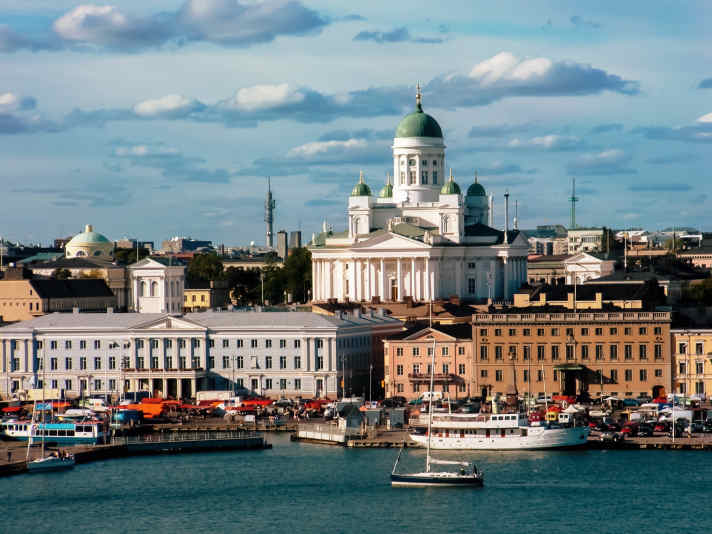
The Finnish capital is ahead of our time - by exactly one hour. But the clocks tick differently in Helsinki than in other major cities in the Baltic region in other respects too. The pomp and grandeur of the tsarist era is still present here at most (Finland was part of Russia until 1917), but in general people prefer to integrate the modern and pragmatically orientate themselves towards the future. This leads to a very special cultural mix, from tango to heavy metal and from the rustic forest sauna to the highly functional Finlandia Hall. What's more, the city is surrounded on three sides by the Baltic Sea, so the water is never far away. Of the guest harbours, MarinaBay Helsinki on the northern shore of Katajanokka Island is the best located. If you want a bit of everything the city has to offer, this is the place to be.
10th Bottenwiek
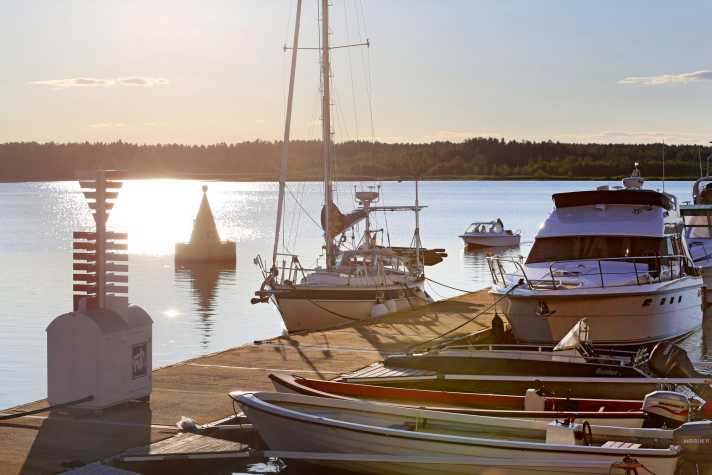
Everything has an end, even the Baltic Sea. Where it ends in the north lies the shallow Bothnian Bay. The distance alone makes this sea area and its coasts a very special destination: the distance from Kiel lighthouse to the yellow buoy in Törehamn, Sweden, which marks the northernmost point of the sea, is just under 1000 nautical miles. Anyone who sends a selfie from here is sure to have a lot to talk about. And even up here, it's not all just nature: Luleå, Haparanda, Oulu - the cities also come to life in the short summer. Because it's not just the distance from the home port that makes this last possible detour so extraordinary - it's the proximity to the Arctic Circle. It ensures the almost endless days and white nights of the far north. An unforgettable highlight - in the truest sense of the word.

